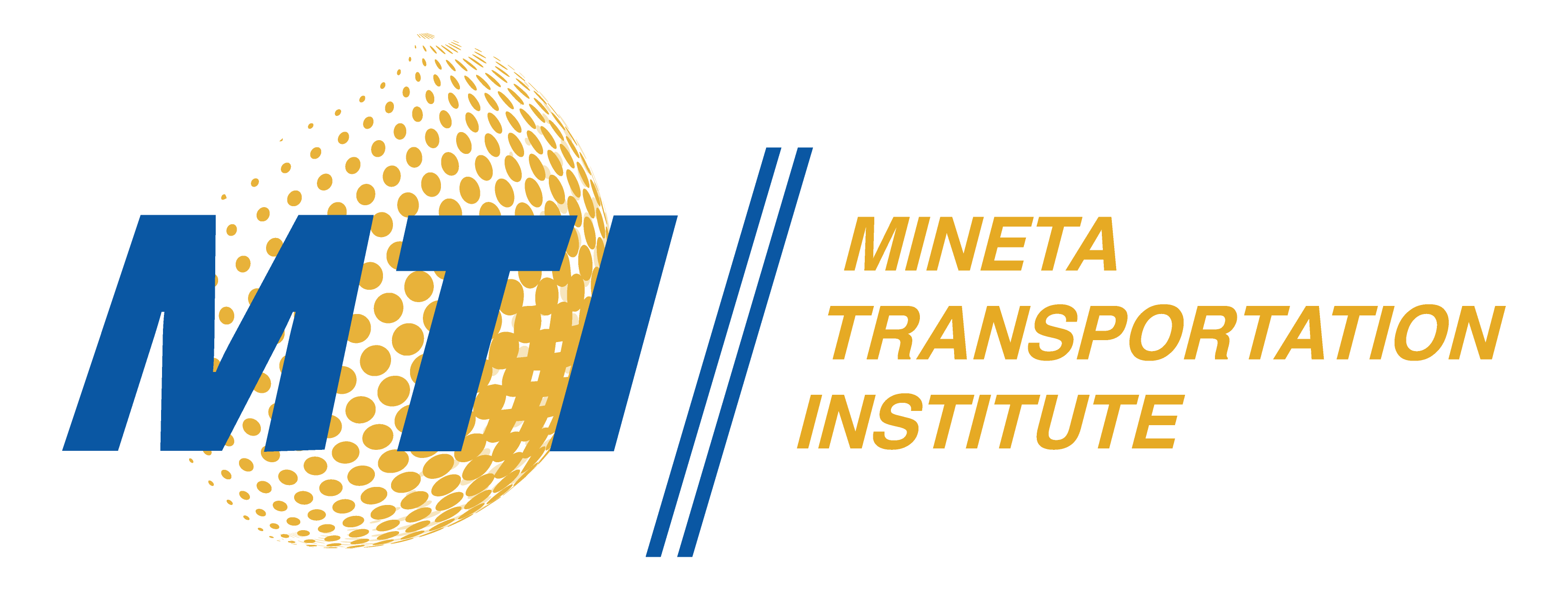Description
Poor road conditions affect millions of drivers, and assessing the condition of paved surfaces is a critical step towards repairing them. This project explores the feasibility of using the Apple iPad Pro LiDAR sensor as a cost-effective tool for assessing the damage and condition of paved surfaces. Our research aims to provide accurate and precise measurements using readily available consumer devices and compare the results to state-of-the-art equipment. This investigation involved visual inspection, identification, and classification of pavement distresses, followed by a comparison of the iPad and iPhone LiDAR data with a survey-grade terrestrial laser scanner. The project revealed several limitations of the iPad Pro-based LiDAR approach. The level of detail captured in the scans was relatively low, with a best-case resolution of 1 cm and an inability to detect smaller cracks and shallow potholes. Longer scans (in terms of both time and distance) led to geometric anomalies in the surface models. Colorized scans provided some visual contrast, aiding in the identification of damage, particularly on moderately damaged concrete surfaces. The potential sources of error were identified, including the performance of the Inertial Measurement Unit (IMU), the limitations of the LiDAR sensor itself, and the opaque nature of onboard data processing within the 3D Scanner App. Suggestions for improvement included the use of gimbal stabilizers to enhance scan quality and the exploration of more intensive PC-based processing for raw data analysis. Hardware advancements by Apple and software enhancements by app developers were also highlighted as potential areas for future improvement. While the project revealed limitations and challenges, the authors acknowledge the possibility of future hardware upgrades, augmented reality advancements, and improvements in sensor accuracy and processing. However, based on this project’s findings, the iPad Pro LiDAR approach currently falls short of providing the necessary resolution and accuracy required for comprehensive roadway damage assessment. Results indicate that additional developments are necessary to address the identified limitations and make this method a viable and cost-effective solution for roadway surface evaluation.
Publication Date
7-2024
Publication Type
Report
Topic
Transportation Technology
Digital Object Identifier
10.31979/mti.2024.2224
MTI Project
2224
Mineta Transportation Institute URL
https://transweb.sjsu.edu/research/2224-LiDAR-Surface-Texture-Assessment
Keywords
Assessment, Light Detection and Ranging (LiDAR), Point clouds, Surface texture, Low cost
Disciplines
Other Physical Sciences and Mathematics | Transportation
Recommended Citation
Calvin Beavers, Chad Day, Austin Krietemeyer, Scott M. Peterson, Yushin Ahn, and Xiaojun Li. "Mapping of Pavement Conditions Using Smartphone/Tablet LiDAR Case Study: Sensor Performance Comparison" Mineta Transportation Institute (2024). https://doi.org/10.31979/mti.2024.2224

